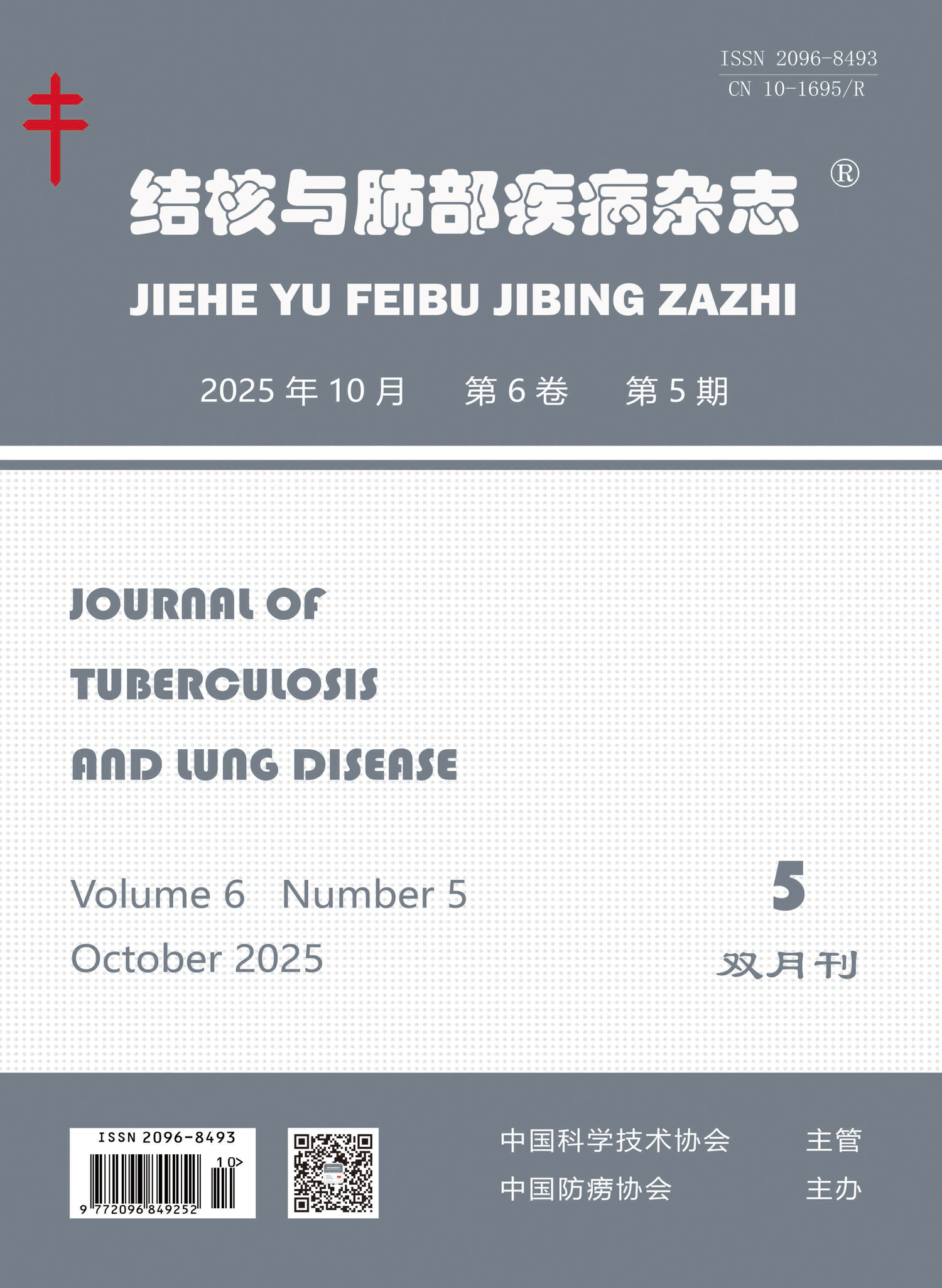Objective To investigate the relationship between genetic polymorphisms rs3804100, rs3804099 in Toll-like receptor 2 (TLR2), rs2295080 in mammalian target of rapamycin (mTOR) and type 2 diabetes mellitus complicated with pulmonary tuberculosis (PTB). Methods From January 2017 to September 2017, 300 patients with PTB complicated by type 2 diabetes in Infectious Diseases Hospital of Heilongjiang Province were selected as observation group, and 300 patients with type 2 diabetes who admitted to the endocrinology department of Fourth Affiliated Hospital of Harbin Medical University were included as control group at the same time. DNA was extracted from the blood of all patients, and genetic polymorphisms (rs3804100, rs3804099 in TLR2, rs2295080 in mTOR) was detected by PCR technology. The relationship between the polymorphisms in these three gene loci and type 2 diabetes complicated with PTB was performed by univariate and multivariate logistic analysis. Results Univariate analysis showed that TT, TC and CC (T, thymine; C, cytosine) genotypes distribution composition ratios in TLR2 rs3804100 were 51.3% (154/300), 25.7% (77/300), and 23.0% (69/300) in the observation group; and 47.0% (141/300), 31.3% (94/300), and 21.7% (65/300) in the control group, respectively, without the statistically significant difference between these two groups (χ2=2.382, P=0.304). The TT, TC and CC genotypes distribution composition ratios in TLR2 rs3804099 were 53.0% (159/300), 29.7% (89/300), and 17.3% (52/300) in the observation group; and 54.3% (163/300), 33.0% (99/300), and 12.7% (38/300) in the control group, respectively, without the statistically significant difference (χ2=2.759, P=0.252). The TT, TG and GG (G, guanine) genotypes distribution composition ratios in mTOR rs2295080 were 26.7% (80/300), 67.3% (202/300), and 6.0% (18/300) in the observation group; and 24.3% (73/300), 66.0% (198/300), and 9.7% (29/300) in the control group, respectively, without the statistically significant difference (χ2=2.935, P=0.231). The results of logistic multivariate analysis revealed that the OR (95%CI) values of TC, CC genotypes in TLR2 rs3804100 were 1.261 (0.591-2.689) and 1.284 (0.542-3.042), respectively; P values were 0.549 and 0.569, respectively. The OR (95%CI) values of TC, CC genotypes in TLR2 rs3804099 were 0.752 (0.461-1.227) and 0.729 (0.430-1.235), respectively; P values were 0.254 and 0.240, respectively. The OR (95%CI) values of TG, GG genotypes in mTOR rs2295080 were 1.789 (0.890-3.596) and 1.603 (0.839-3.063), respectively; P values were 0.103 and 0.15, respectively. Conclusion The genetic polymorphisms rs3804100, rs3804099 in TLR2 and polymorphisms rs2295080 in mTOR are not associated with type 2 diabetes mellitus complicated with PTB in Heilongjiang Province.

 Wechat
Wechat